Module/Week 4
Mendelian Genetics
Laboratory & Media Piece

Mendelian Genetics Objective
Link Mendel’s principles (laws) to real-world applications of plant and animal breeding.
It may help to go back and review Mendel’s work and principles (laws) of inheritance.
Key Terminology
Gene: the part of DNA that codes for a protein
Allele (or factor): version of a gene
Dominant: this allele’s protein is produced
Recessive: when the dominant allele is present, the recessive allele’s protein is not produced
Genotype: the combination of alleles (factors) in an organism
Phenotype: the observable traits
Mendelian Genetics and Corn
This video was included in the managing data webpage. The colors and developing a ratio is a method we attribute to Mendel and his pea plant experiments. You will be using this example in your media piece to link Mendel’s pea work to corn.
Once you have data like the corn kernel color numbers in this video, the next step is to select a form of analysis. In some cases it is simply comparing numbers, but in this case there is a ratio of purple to yellow to explain, as well as the yellow color skipping the F1 parents and reappearing in the F2 offspring.
Punnett Squares – a visual aid for crosses
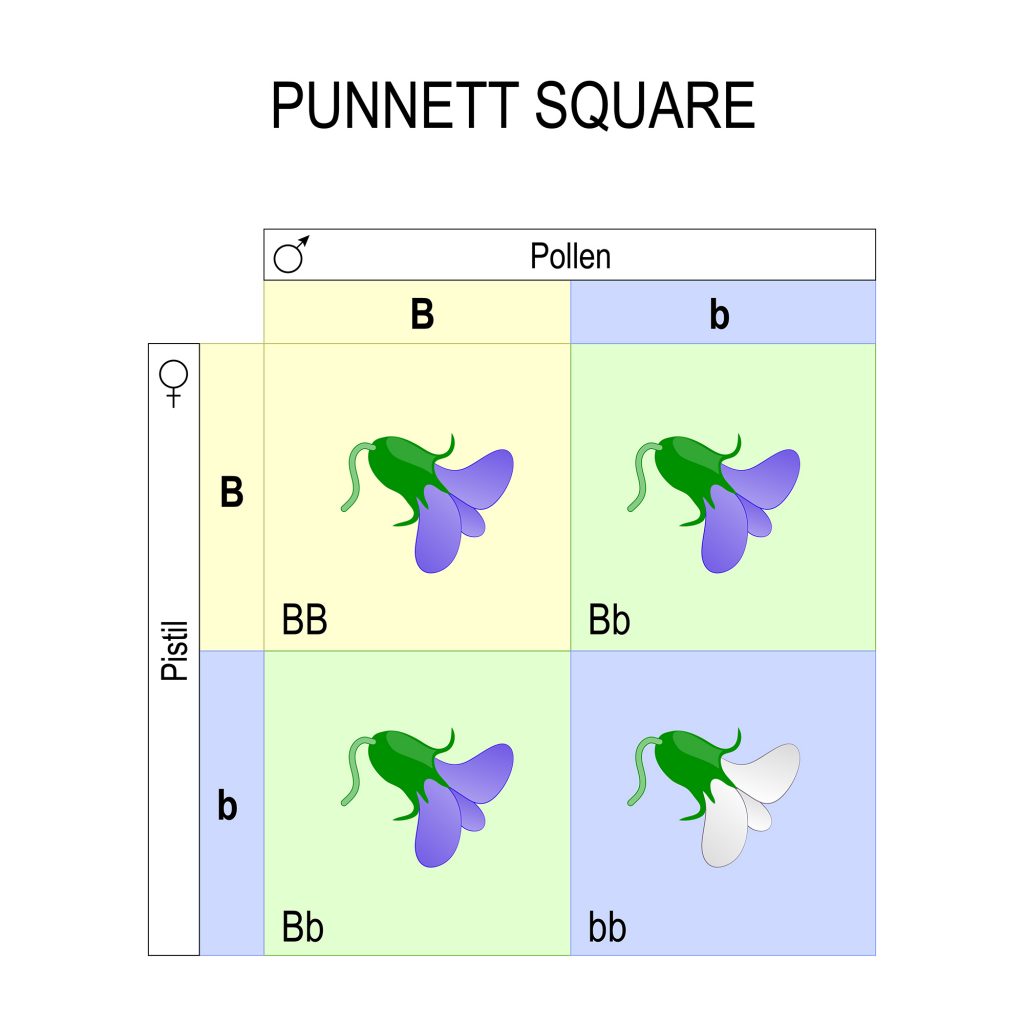
Punnett squares are a visual device used for keeping track of alleles in sperm/eggs (or pollen and eggs) produced by the parents. Once you know the alleles present in sperm and egg, it is possible to predict the genotypes and phenotypes of the offspring.
This Punnett square shows the cross between two F1 individuals each with the genotype Bb.
Here is a step-by-step demonstration of a Punnett Square
Mendelian Genetics and Rats
We are using domesticated rats to apply Punnett squares, and for genetic and behavioral study in future guides.
If you want to see the adoption process for these rats, watch this video. If not, you can skip to the next video.
This video shows six rats numbered one through six. Take notes on their appearance and behaviors. After the video you will be completing a Punnet square and predicting which of the males are related.
Rat coat (fur) texture and color
Rat coat color, pattern, and texture all have a genetic basis
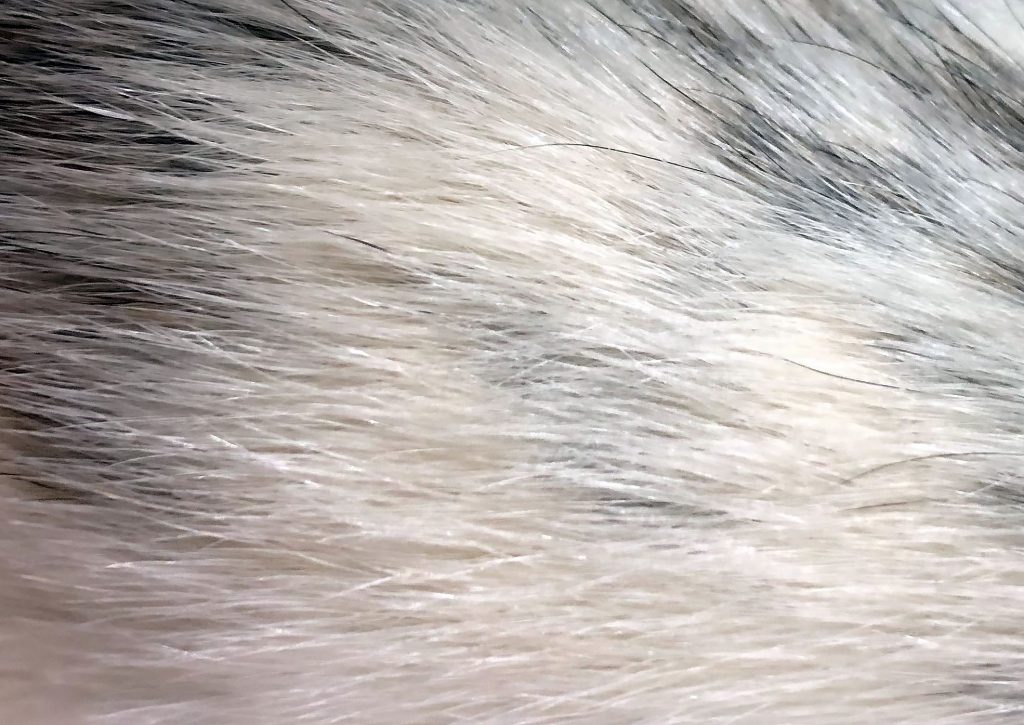
Smooth Hair
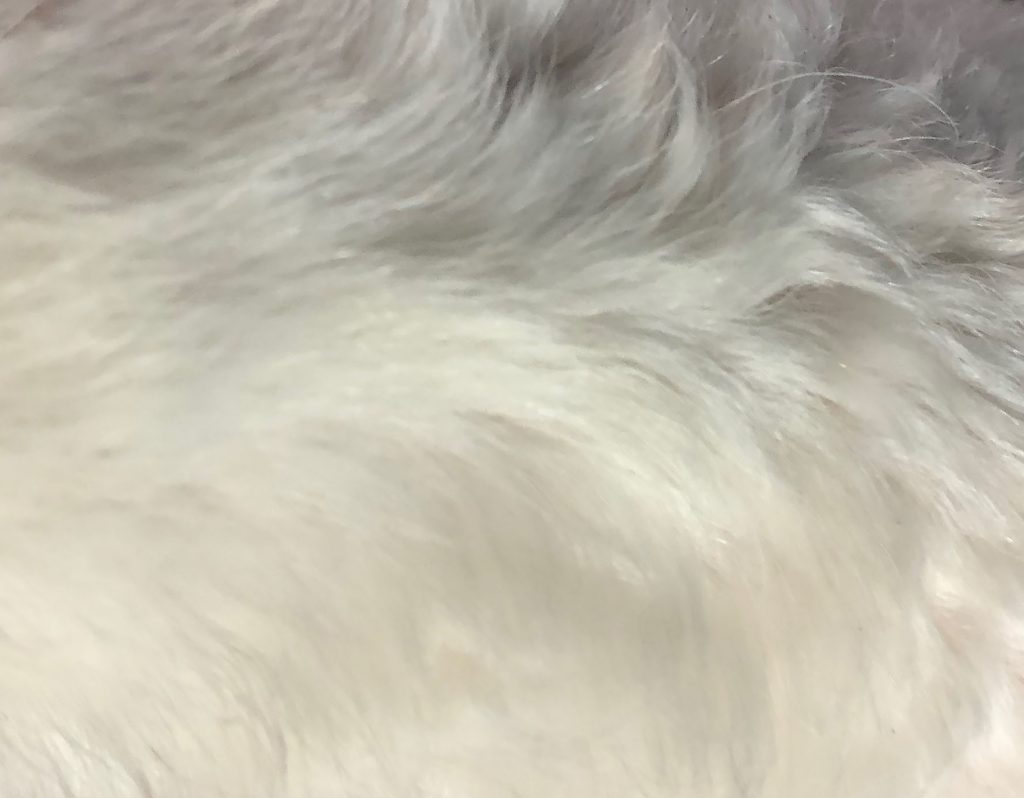
Rex Hair
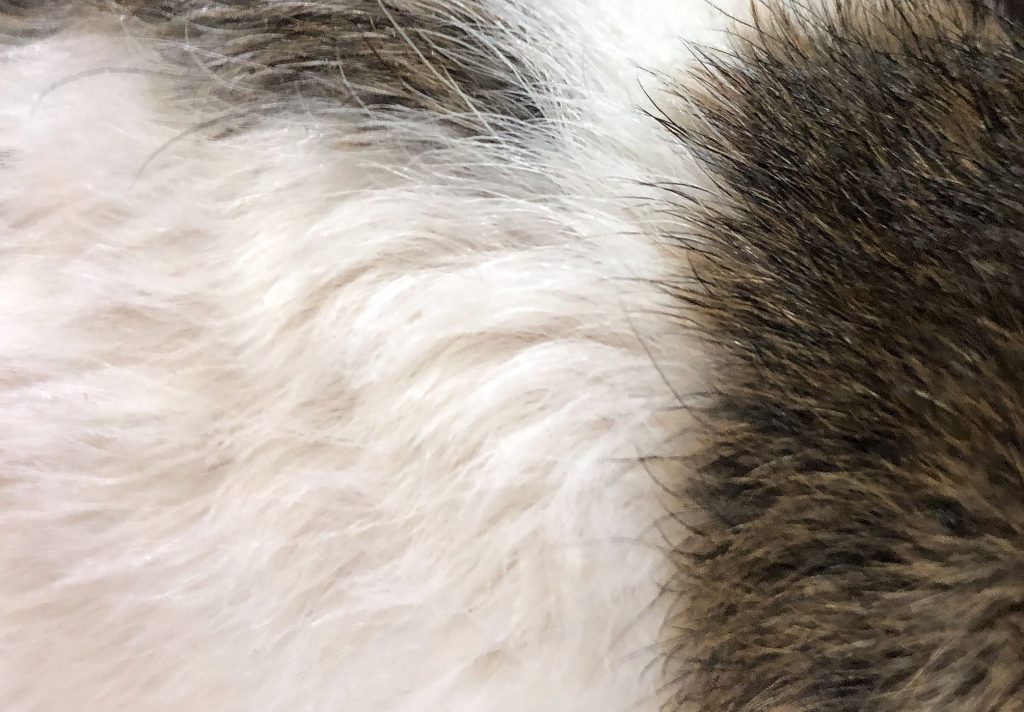
Brown Hair
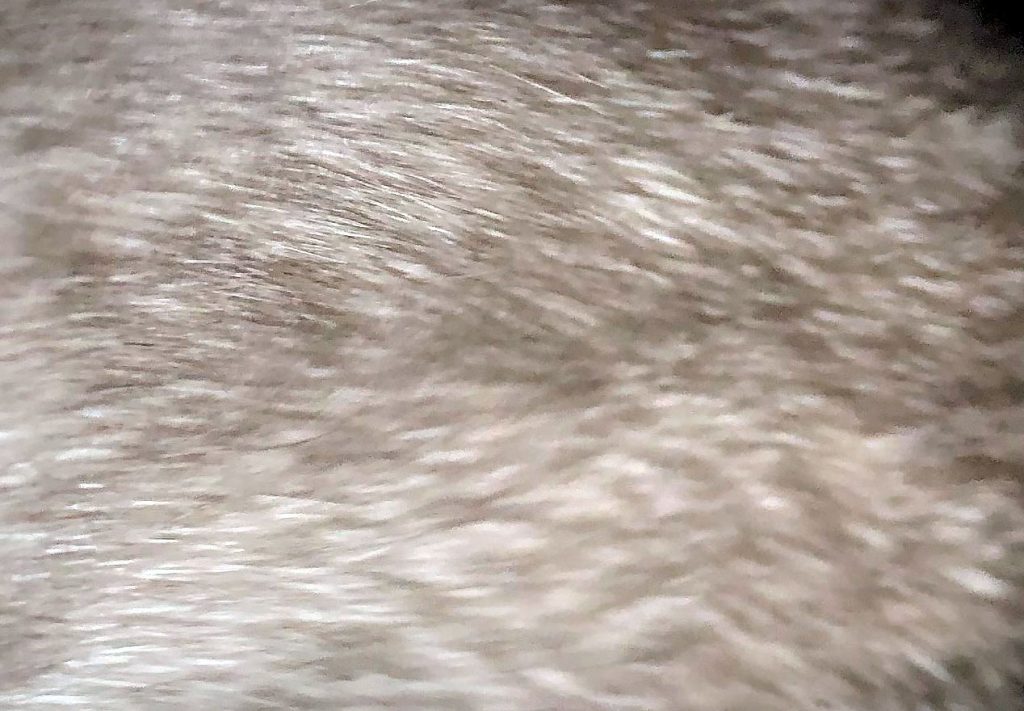
Beige Hair
We’re crossing two parent rats. One is true-breeding smooth and the other is true-breeding rex. The genotype of the true-breeding smooth parent is “AA” and the genotype of the rex parent is _____.
Predict the F1 offspring genotypes and phenotypes, using a Punnett Square.
hint: all of the F1 generation should have the same genotype and phenotype, similar to the Punnett Square in the video.
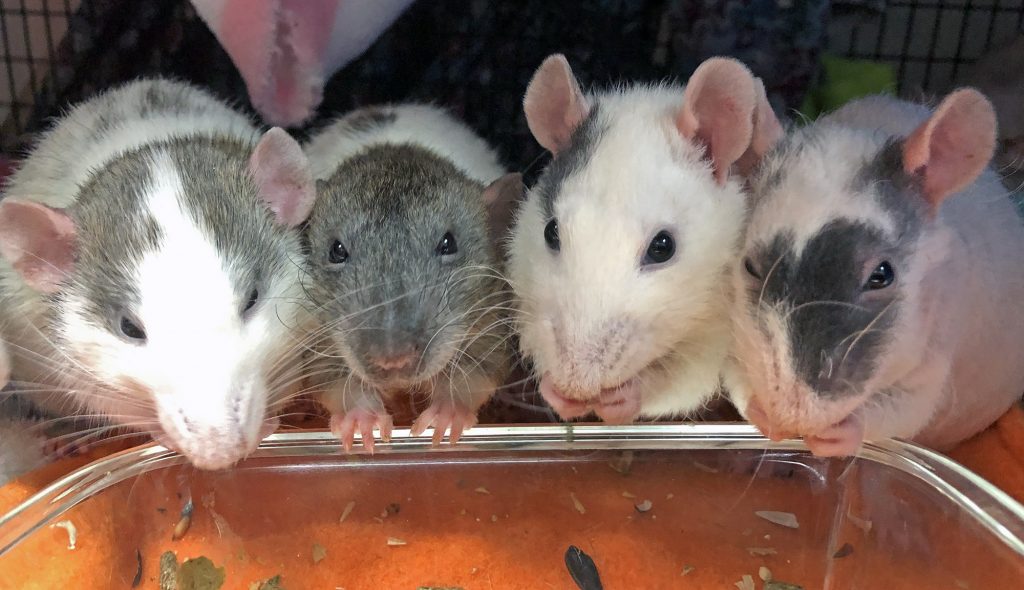
These male rats were from two different litters. Typically siblings have the most structural traits in common. From your video lecture observations, which of the rats do you think are related?
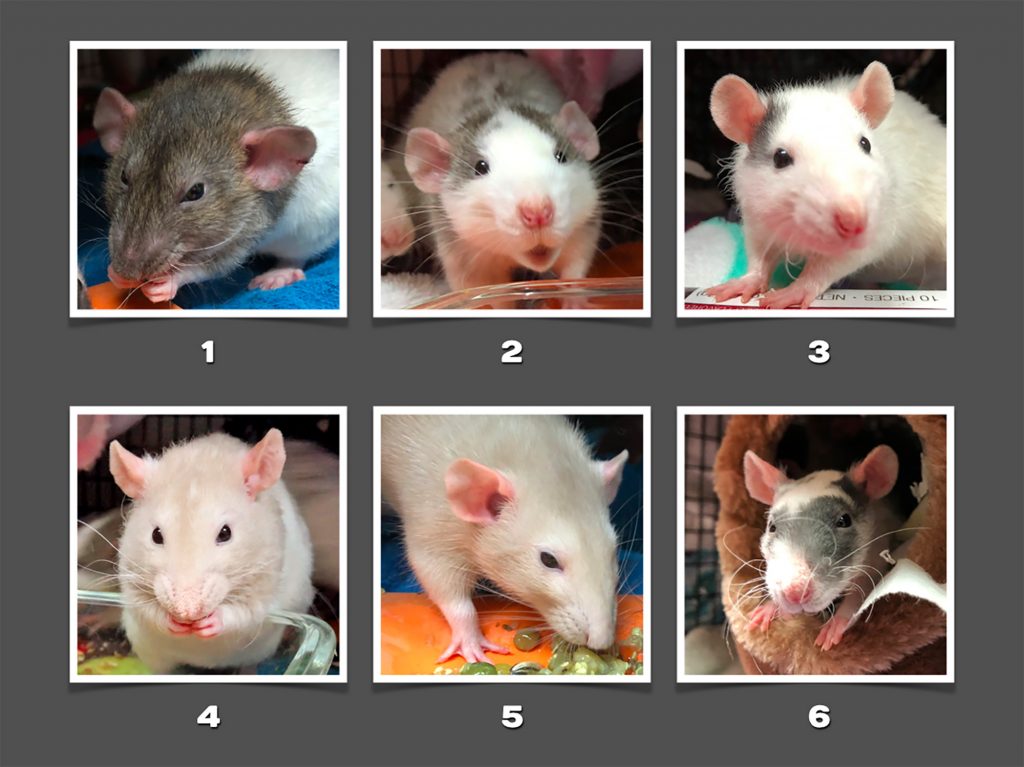
answer: rats 2 and 5 are brothers (smooth hair, dumbo ears); rats 3, 4, and 6 are brothers (rex hair, standard ears). #1 is a bit of a mystery: he has rex hair and dumbo ears, and distinct behaviors from the other rats. We’ll have more on their shared and contrasting behaviors in an upcoming guide.
Rats show many of the structures and behaviors we are studying in this course.
Here the rats are showing different degrees of competitive behavior after being fed.
Assignment (due Sunday on Canvas)
Mendelian genetics was introduced on the Mendel webpage:
Mendelian Genetics
For this assignment you are creating an original, thorough, and accurate media piece that ties Mendel’s work to real-world plant and animal breeding. Use photos, sketches, notes, creative design, video, or other form of media to capture convey the information.
Include in Mendelian Genetics piece:
- A description of how Mendel’s principle of segregation applies to crossing corn. Use the example of crossing true-breeding purple and yellow kernel parents, including the resulting F1 and F2 generations.
- Examples of how versions of corn genes (alleles) impact corn phenotypes and kernel characteristics like color, sweetness, and pest resistance.
- Examples of rat phenotypic traits that have a genetic basis and can be inherited.
- A description of a cross between two rat parents: one that is true-breeding smooth and the other that is true-breeding rex. Predict the F1 offspring genotypes and phenotypes, using a Punnett Square.


